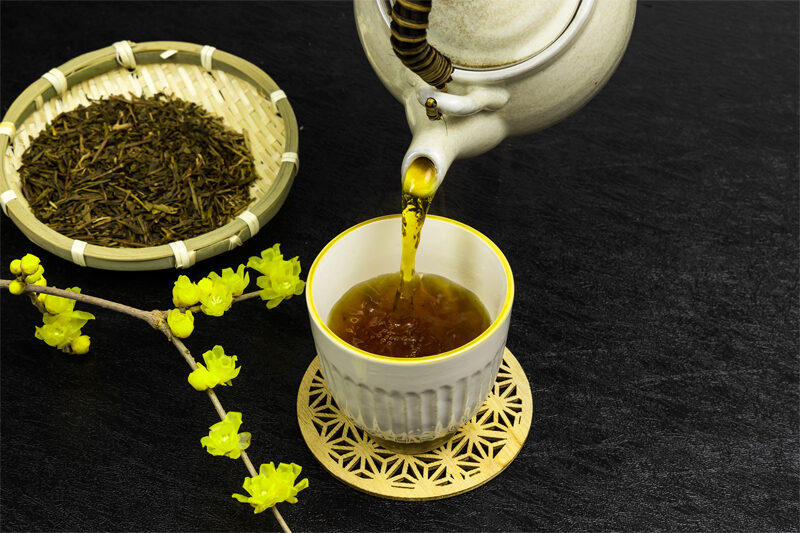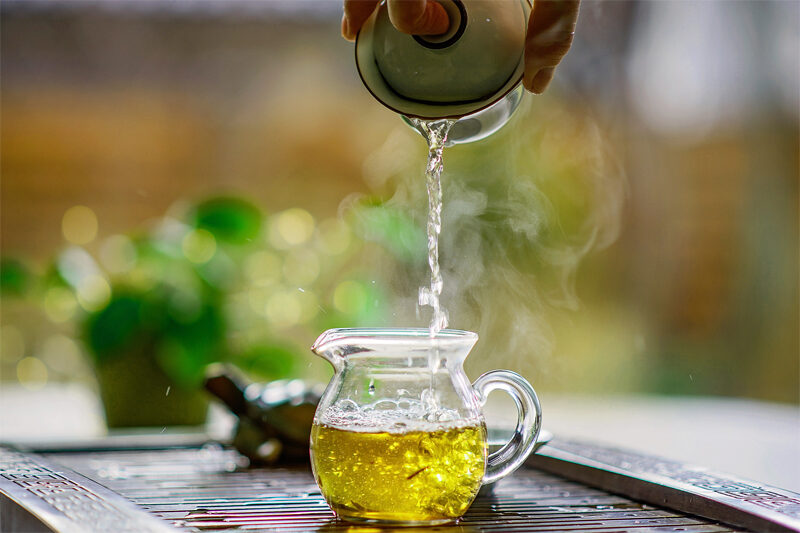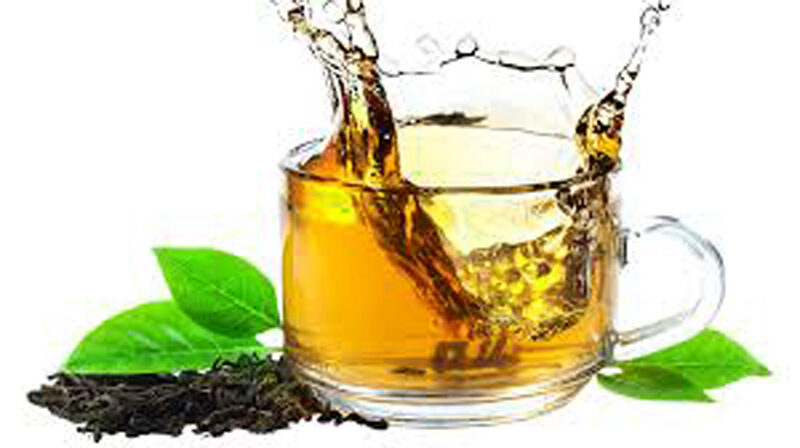Discover the Rich and Exquisite Flavors of Asian Tea: Unveiling the Secrets of the East

asian tea
Introduction to Asian Tea
Being a tea devotee, I have always been astonished at the enchanting and rich Asian tea environment. Whether it is the subtle characteristic of Japanese green tea or the strong and profound flavor of black Chinese tea, the tea tradition of the East has attracted me more and more. In this piece, I cordially invite you on a trip to the magical world of Asian tea, where taking each sip brings you to the realm of relaxation and cultural heritage.

History and Cultural Significance of Asian Tea
The birthplace of tea is China, where it has been considered to be the sign of widsom, health and social connectedness since early ages. Tea is so deeply ingrained in Asian culture that almost every section has its own type of tea ceremonies and traditions. From the still, Japanese tea ceremony to the dynamic tea shops of India, the practice of drinking tea proved to be a staple part of the daily regimen, thus transcontinendentally.
Different Types of Asian Tea
The tea in Asia is prepared from different sorts and each of them has a distinct flavor and way of preparations. From the practically refined green teas of Japan to the complicated and delightful oolongs of Taiwan, the Asian tea arts are distinctive. Later on, we are going to discuss four types of Asian tea.
Green Tea: The nature, the color and the sweet, botanic smell make green tea one of the most popular products in Asia. Japanese green teas, including matcha and Chinese sencha, are one of the tea types that many passionate tea drinkers from all corners of the world appreciate.
Black Tea: Besides being red and tasty, black tea is the most known tea type in Asian countries like India, Sri Lanka, and China. Even the quality of the black teas from Assam and Darjeeling, India, is not worse than any others in the world.
White Tea: Highly processed and subtly scented, white tea is among the least oxidized kinds of tea. They are from the Fujian province of China and White as Silver Needle and Bai Mu Dan, which are seen as the most prestigious for their fragile and exquisite flavors as well as gentle and relaxing character.
Oolong Tea: Being halfway between the green and black teas, oolongs retain their position in the tea world. Oolong teas are well-known for their complex and partial oxidation. Taiwan provides Tieguanyin and Wuyi oolongs that taste perfect and are unrivaled.
Health Benefits of Asian Tea
Other than their delicious taste, Asian teas have worthy health benefits as well.
Improved Cardiovascular Health: Research studies have indicated that heart diseases and strokes can be prevented by the habit of taking green, black as well as oolong teas.
Enhanced Cognitive Function: L-theanine, which is a constituent of tea, has proven to be beneficial as it encourages relaxation and makes one concentrate, hence becoming the best ingredient to take daily.
Boosted Immune System: The polyphenols and catechines contained in Asian teas are not only powerful anti-inflammatory and anti-microbial agents, but also kill off the bacteria without the need of the body for self-defense.
Weight Management: Such teas as green tea or oolong tea are found to stimulate weight loss and metabolism as they speed up the rate of energy consumption and the release of fat fuel.
The Art of Brewing Asian Tea
The art of the tea making starts with a deep breath and a note of concentration. Be it from the water temperature to the steeping time, each of them serve the same purpose as every one of them. Here are some tips for success while making Asian tea.
Water Temperature: Each tea type has its own perfect water temperature which is used for extraction. Overall, green and white teas should be brewed using 160°F – 180°F water, whereas black and oolong teas can tolerate hot water up to 212°F.
Steeping Time: The recommended steeping time will probably differ depending on a tea type, but you can experiment with two or three minutes for green and white teas or three to five minutes for black and oolong teas.
Vessel and Water Quality: A fine, extremely clean teapot or brewing vessel which has been filled with well-filtered water will provide you with the best possible final product.
Leaf-to-Water Ratio: It is the ideal proportion but you can change it if needed.
Brewing Technique: Pour the boiling water carefully over the tea leaves and avoid stirring too much. Let the tea steep for the recommended time with no external interference.
Mastering tea preparation will unveil the true hidden and complex nature of the drink, which in turn will provide you with the ultimate drinking experience.
Traditional Tea Ceremonies in Asian Cultures
The making and consuming of tea is a very important aspect of the cultural traditions of Asia, and each region developed their own distinctive tea ceremonies and traditions. They do not only celebrate the tea itself, but also help in developing a feeling of mindfulness, community and connectedness.
One of the most renowned tea-ceremonies is undoubtedly the Japanese chanoyu (the Way of tea) in which the act of tea-making turns into a highly choreographed and meditative exercise. In this traditional tea ceremony, the host takes great care in making and offering a single bowl of matcha to each of the guests, putting symbolic meaning and attention to detail into every movement and gesture.
Correspondingly, the Chinese gongfu cha ceremony highlights the perfection of tea-making skills, where the competent practitioner uses a small, specialized teapot and goes through a series of accurate steps to bring out the best flavors from the leaves.
These traditional tea ceremonies are indeed the reflection of the deep respect that the East’s cultures have for tea art, and they provide a profound chance for people to commune with the rich cultural heritage of the East.

Where to Buy Authentic Asian Tea
The exploration of genuine Asian tea could be an exhilarating journey but one should know where to buy the tea to ensure top quality and authenticity.
Specialty Tea Shops: Seek out renowned tea stores, either online or in your locality that deal in the importation and curation of high quality Asian teas.
Direct from the Source: Many tea farms and producers in Asia sell directly, which gives you the opportunity to buy tea directly from the source and make sure of its freshness and authenticity.
Online Tea Retailers: Trustful online shops like Harney & Sons, Teavana and Ippodo Tea sell a lot of different Asian tea varieties with detailed product information and reviews of the customers.
Local Asian Grocery Stores: The grocery stores or international markets that are around your area may have a few specialty Asian teas that you can try, making them another accessible option for the tea lovers.
Regardless of the store you select to purchase your Asian tea, make sure you find a reliable vendor, read reviews and ask questions to ensure that you get an original and highest quality experience.
Conclusion: Embrace the Beauty and Tranquility of Asian Tea
The world of Asian tea is a vast and fascinating universe full of ancient customs, amazing taste sensations and healing powers going back hundreds of years. It does not matter if you are enjoying the subtle tones in a Japanese green tea or experiencing the complexity of a Chinese gongfu cha tea ceremony – each sip will take you on a journey to the magical lands of the Far East.
I encourage you to embark on a self-discovery journey, discovering the true meaning of tea in Asia. Cling the beauty, the quietness, and the cultural heritage that all those teas have to offer, and allow them to transform your live more than you ever expected. Start your journey now by going to your local tea boutique or trusted online shop now; you will be amazed by the flavors of the East.